Here's What Really Happened in the Falklands War, as Seen in 'The Crown'
The Falklands War was a brief, 10-week war between Argentina and the United Kingdom. The conflict features in Season 4 of Netflix's The Crown.
The war was over Argentina’s seizure of the Falklands, a windswept archipelago off the coast of South America.
The war cost the lives of nearly 1,000 soldiers, sailors, and airmen on both sides.
Season 4 of Netflix's The Crown takes the multi-period historical drama about Queen Elizabeth II's reign over the United Kingdom into the 1980s, including one of the weirdest wars of a violent decade.
Dive deeper. ➡ Get unlimited access to Pop Mech's best-in-class military content , starting now.
One of many famous events the new season of The Crown covers is the Falklands War, a short, sharp war between the U.K. and Argentina that took place over just 10 weeks in 1982. The war ended in victory for British forces, but it came at a considerable cost.

What Are the Falkland Islands?
The Falkland Islands are an island archipelago sitting approximately 400 miles off the east coast of South America and 850 miles north of the Antarctic Circle. There are two main islands, West Falkland and East Falkland, with 738 smaller islands and islets surrounding them.
In terms of total land mass, the Falklands are about the size of Connecticut. Cold, isolated, and windswept, the Falklands support the fishing industry, agriculture (wool production), and tourism.
English explorer John Davis discovered the Falklands in 1592, and the U.K. claimed the islands in 1765. But the U.K.'s ownership of the Falklands from 8,000 miles away has always rankled Argentina, which is only a mere 400 miles away from the islands. Argentina has repeatedly laid claim to the Falklands, which it calls las Malvinas, as well as the more distant South Georgia island.
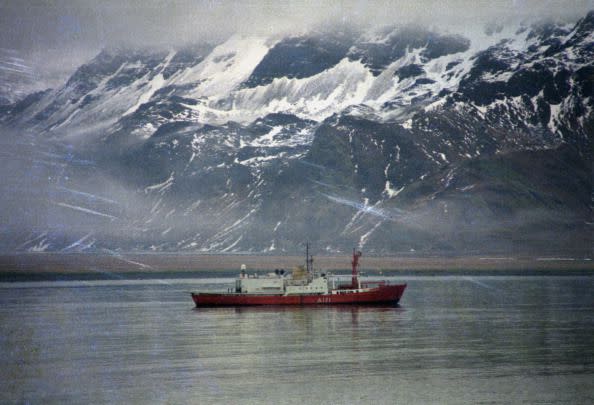
What Started the Falklands War?
Season 4 of The Crown depicts one of the first events in the chain leading to war: the landing of Argentine scrap metal workers on South Georgia island. The workers had landed to dismantle an abandoned whaling station, and while they were permitted to work, they didn't obtain authorization to land from representatives of the local government.
The use of a navy transport, the raising of the Argentine flag, and the nationalist sentiment among the workers increased tensions between the two countries.
Further Reading: The Best Military History Books
It’s not clear if the incident was deliberately manufactured to inflame tensions, or if Argentina’s military government chose to capitalize on the incident as a pretext to war. The Argentine military government was unpopular, the country’s economy was sagging, and the Falklands were a point of national honor. Regardless, by late March of 1982, British intelligence had picked up indications of increased Argentine naval activity.
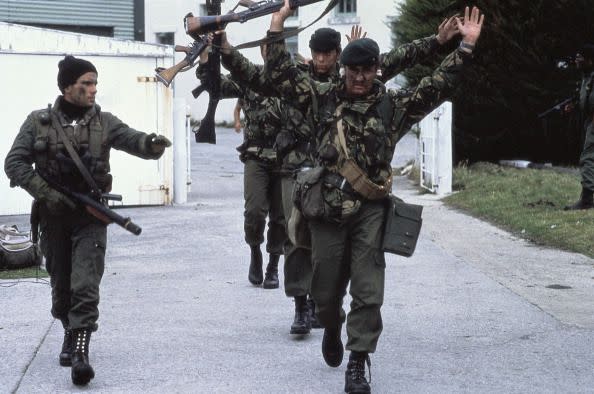
What Happened in the Falklands War?
Argentina invaded the Falklands on April 2, 1982, quickly overwhelming the small Royal Marine Commando garrison stationed on the island. Argentine army, navy, and marine forces dug in to defend the islands from any counterattack, but it wasn't immediately clear whether the U.K. would use force to attempt to retake them.

The U.K. responded by assembling a task force designed to liberate the islands. Operation Corporate, the campaign to liberate the islands, was centered around the aircraft carriers HMS Hermes and HMS Invincible.
The task force also included two brigades of light infantry, including British Army paratroopers, Royal Marine commandos, the Scots and Welsh Guards regiments, and Gurkha troops. Troops were ferried across the Atlantic on the amphibious transport HMS Fearless and luxury liner Queen Elizabeth II.
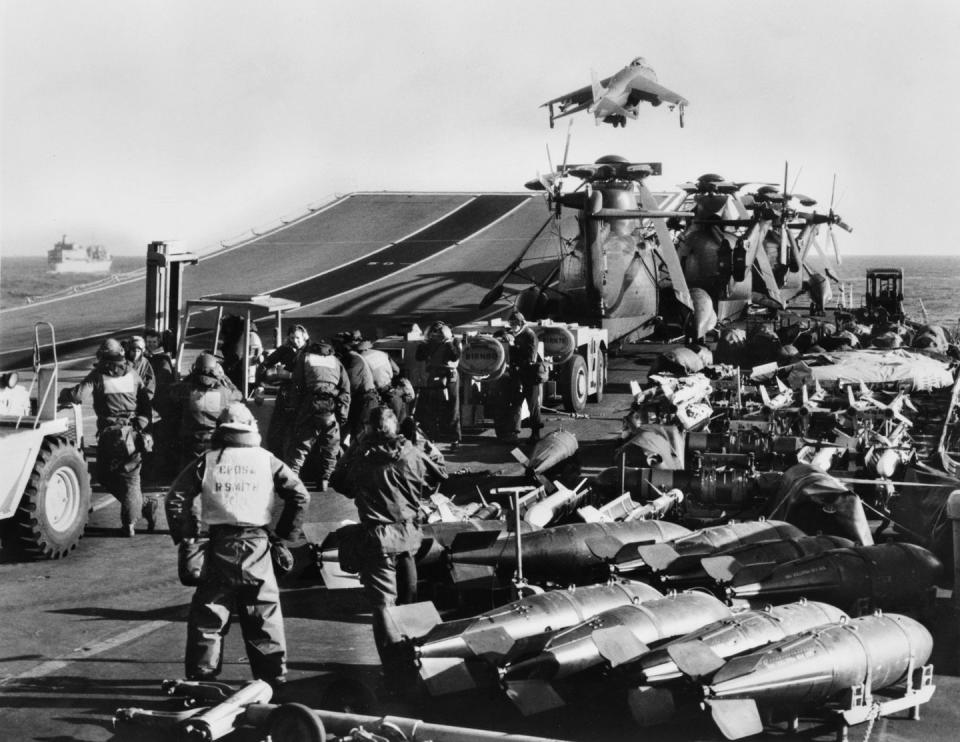
After sailing across the Atlantic, British forces landed on the Falklands under air cover from Harrier fighter jets. Argentine air force fighter bombers flying from the mainland conducted heavy attacks against Royal Navy warships, sinking two destroyers and two frigates and damaging several more.
The Royal Navy’s nuclear-powered attack submarine HMS Conqueror sank the Argentine cruiser General Belgrano, with heavy loss of life.
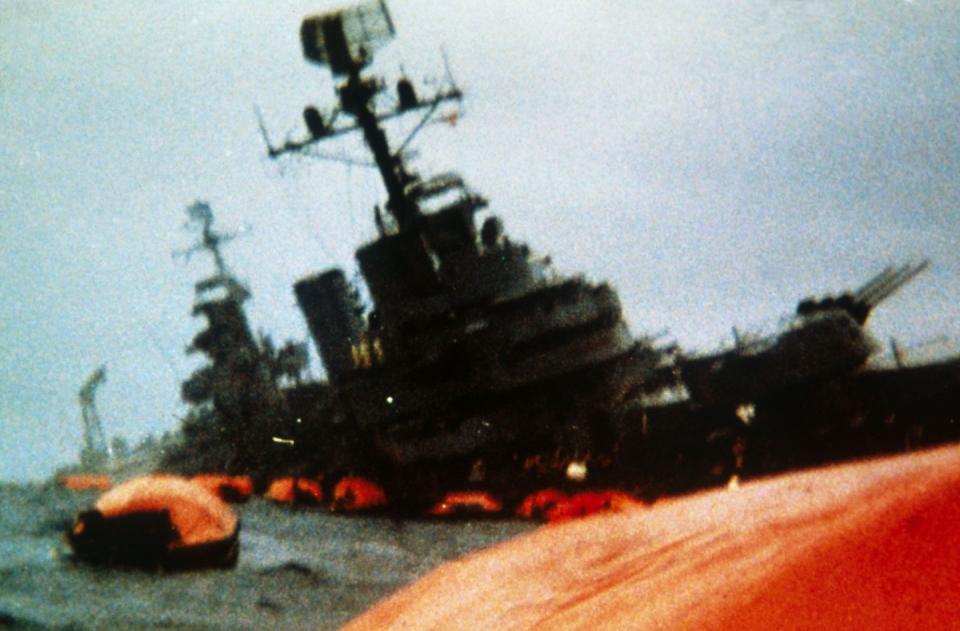
How Did the Falklands War End?
The Falklands War ended after British ground forces, crossing the Falklands on foot, defeated the demoralized, ill-prepared Argentine troops and recaptured the capital town of Port Stanley. British forces suffered 255 killed and 775 wounded, while Argentine forces suffered 649 killed and 1,657 wounded.
Argentina, unable to defend a military garrison 400 miles away from a force that had traveled 8,000 miles, suffered a humiliating loss, soon resulting in the collapse of the military government.
What Is the Legacy of the Falklands War?
The war itself featured some strange moments. Argentine Army and Marine Corps troops carried out the invasion with rifles nearly identical to those carried by British troops (and in some cases, bought directly from the U.K.)
French Exocet anti-ship cruise missiles operated by Argentina threatened Royal Navy warships and sank the destroyer HMS Sheffield. An Argentine submarine, the ARA Santa Fe, was strafed and disabled by a British helicopter armed with a machine gun. An Argentine C-130 transport was pressed into service as bombers, rolling bombs out the rear of the cargo bay onto a British ship.
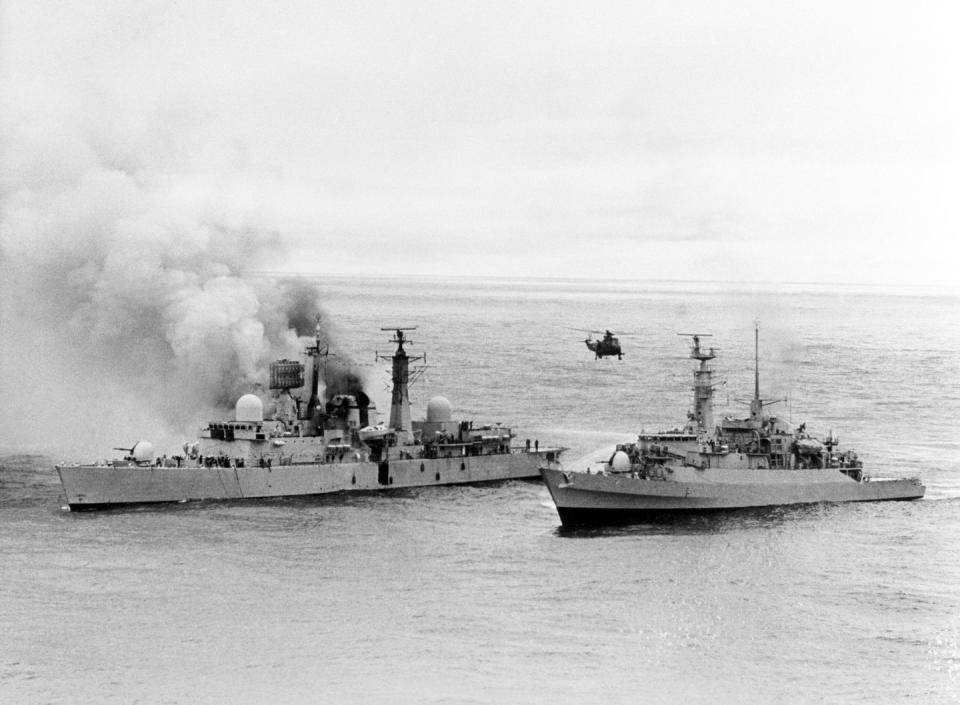
The Falklands War was fought on principle more than anything else. The islands had a population of just 1,800 people, and were economically unimportant. The point, however, was that nations couldn't just invade one another to take whatever they wanted.
This appears to have stood until eight years later in 1990, when Saddam Hussein invaded Kuwait. Stay tuned for the inevitable Netflix series about that.
Now Watch This:
You Might Also Like

